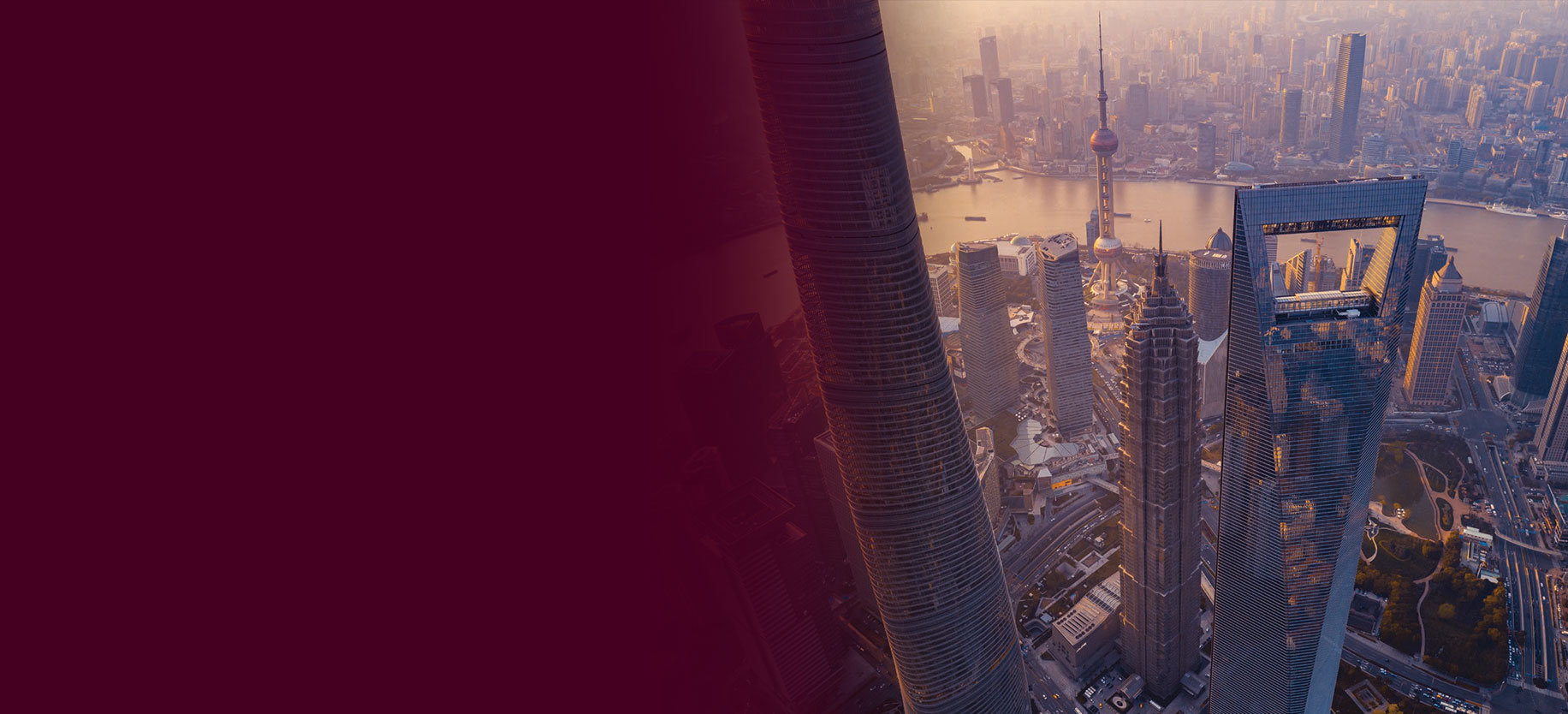No matter how much research one conducts in the office, there is no substitute for boots-on-the-ground exploration. Full immersion is the best way to build a body of knowledge about businesses, cultures, local economic factors, consumer behaviours and trends. This type of comprehensive engagement removes the layer of interpretation that comes from solely digesting reports second-hand, as an armchair analyst might. With this in mind, on October 31, 2018, I embarked on a six-month research trip to China. Joined by two analysts on my emerging markets team, Ching Chang and Terry Ouyang, our “deep dive” project was designed to achieve a richer understanding of China, its investment opportunities and its risks. Our findings will build on the significant body of research already compiled by members of Burgundy’s Investment Team, who have made regular short research trips to China over the last 20 years.
The world’s most populous country, China is home to 1.4 billion people and is the second-largest economy in the world.1 Massive change is taking place as its population undergoes urbanization. Thirty years ago, only one-quarter of people in China lived in cities.
By 2017, 58% of the population lived in urban centres. That number is expected to reach 70% by 2030 (Canada was at 70% in 1960!)2 The incredible migration from the countryside driven by China’s policy to open its economy and become a member of the World Trade Organization has resulted in staggering wealth creation. To put it into perspective, the Chinese have seen per capita incomes rise more than 20-fold over 30 years,3 whereas in Canada incomes barely doubled over the same period.4 It is difficult to comprehend the magnitude of economic and social change that people in China have witnessed. In this sea of change, as investors, it is incumbent upon us to build first-hand knowledge around the current and future opportunities.

While in China, the cities of Hong Kong, Beijing and Shanghai have been among our temporary homes. From here, we have visited a large number of companies and also met with industry experts, journalists, educators, diplomats and former government officials to gain a broad perspective. We have traveled to “smaller” cities and also toured plants and stores of a number of companies. We are still learning but here are a few takeaways:
The more we explore China, the more we recognize the regional cultural complexities that exist here. There is not one China, but many Chinas: north/south, coastal/inland, rural/urban, developed/undeveloped. In many of the cities we visit, there is world-class infrastructure with streamlined and highly efficient public transportation. For example, we spent time in the Pearl River Delta, a major manufacturing hub and emerging technology cluster. This is where the special economic zones were first set up 40 years ago, as China began to open its economy to the outside world. It is now home to 70 million people. Consumers and workers here travel with ease via low-cost high-speed trains between the zone’s 11 cities. Real estate in these cities is quite expensive, reflecting both pressures from urbanization and a good deal of speculation as real estate remains the main store of savings in the country. GDP per capita is an impressive US$23,000, three times the average for China. Income taxes are low relative to our standards in Canada.
Sophisticated technology permeates the economy. Online purchases can be made using facial recognition and new buildings use fingerprint access instead of keys. Wherever we go in urban centres, people are on their smartphones. China’s internet population just passed 800 million and 98% of them are mobile users.5 By comparison, the U.S. has 300 million internet users. Chinese residents have not experienced the slower progression that we have, with clunky desktop and laptop computers, dial-up internet and reliance on search engines to find information. They instead have gone from “zero” to smartphones with applications that do the searching for them. The average user spends three hours per day on their mobile devices well ahead of time spent watching TV.6 An entire value chain surrounds the digital leaders as they compete for the consumers’ time, continually developing new ways for people to chat, obtain news, play games and simply be entertained. These technology companies can then monetize this time with advertisers and merchants. According to the International Monetary Fund, nearly one-third of Asia’s GDP growth over the last two decades was derived from digital innovations.
We have found the offline (bricks and mortar) space for consumers to be much less developed than our online experience. The decades of experience in physical merchandising that we have had in Canada does not exist. The supply chain that serves the offline in China is inefficient with multiple layers of distributors. Therefore it is not surprising that online has become the leader as it has brought consumers more choice and better prices. Going forward, growth is showing signs of slowing and businesses have to refocus if they are going to succeed. When we talk to management of consumer companies in China, they all discuss the same things: they are seeing a deceleration in growth and recognizing the need to build premium brands, innovate and differentiate to win consumer loyalty, remain relevant and protect market share. The years of winning simply by expanding capacity and distribution are gone. Chinese consumers are becoming more sophisticated and discerning with more options available to them, especially through online platforms.
Tingyi, a producer and distributor of instant noodles, beverages, soft drinks and baked goods, is a company we own and recently visited. Management discussed the changing landscape that comes with slower growth. Up until five years ago, Tingyi’s volume growth was brisk, typically well into the double-digits. To keep up with the volume growth, they were building new plants, buying equipment and expanding their distribution networks, all at a very rapid rate. There was no need nor time to focus on brand or product improvement. Today, all that has changed. The business now requires strategies for talking to the customer, for advertising intelligently, for selling online effectively and for becoming the premium brands in their categories.
Determining a company’s investment merit involves extensive research into its operations, financial strength, competitive edge, key customers, suppliers, and, perhaps most importantly, management strategies and the markets in which it competes. Not all of this research requires an on-the-premises approach, but having one does provide a fuller understanding of the nuances that are not revealed in a more passive analysis. Speaking with the management of a company and walking the factory floor are invaluable.
It has also been crucial to develop our team’s network of contacts, including business people, consultants, advisors, academics, diplomats, civil servants and journalists. Cultivating these relationships will provide diverse perspectives not only now, but also for our research efforts in the coming years. It is about understanding the investment opportunities and risk here and also about the impact of China on investments elsewhere. Ching, Terry and I will be returning with an expanded understanding of the business environment in this diverse country and a first-hand perspective of what it is like to live here as a consumer.
1. U.N. Department of Economic & Social Affairs Population Division
2. The World Bank
3. UNCTAD (United Nations Confer-ence on Trade and Development)
4. Federal Reserve Bank of St. Louis 2019
5. China Internet Network Infor-mation Center, Ministry of Indus-try and Formation
6. App Annie The State of Mobile 2019 Report
This publication is presented for illustrative and discussion purposes only. It is not intended to provide investment advice and does not consider unique objectives, constraints or financial needs. It is not intended as an offer to invest in any Burgundy investment strategies. Under no circumstances does this publication suggest that you should time the market in any way or make investment decisions based on the content. Select securities may be used as examples to illustrate Burgundy’s investment philosophy. Research used to formulate opinions was obtained from various sources and Burgundy does not guarantee its accuracy. Forward looking statements are based on historical events and trends and may differ from actual results. Any inclusion of third party books, articles, and opinions does not imply Burgundy’s endorsement or affiliation. The information in this publication is as of the date of the publication and will not be revised or updated to reflect new events or circumstances.

